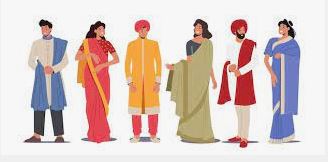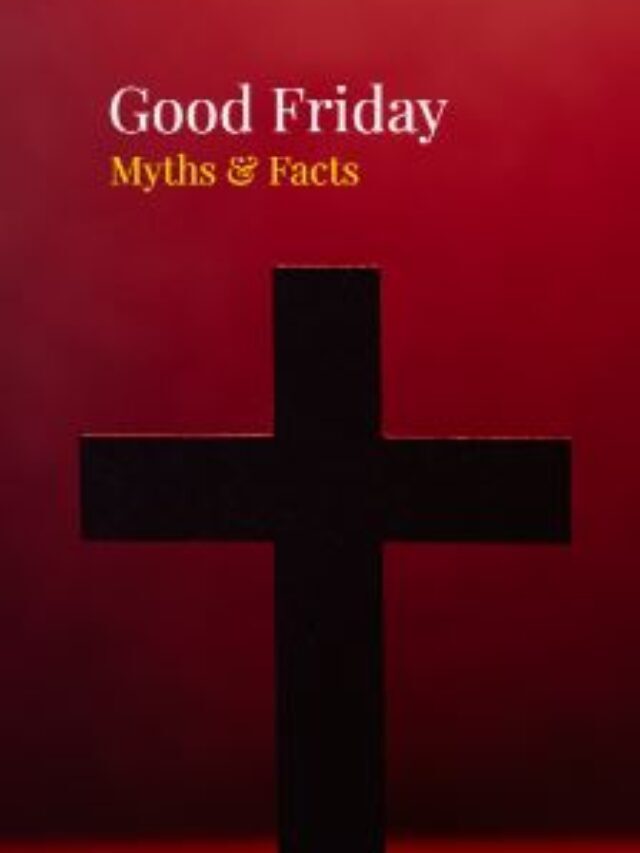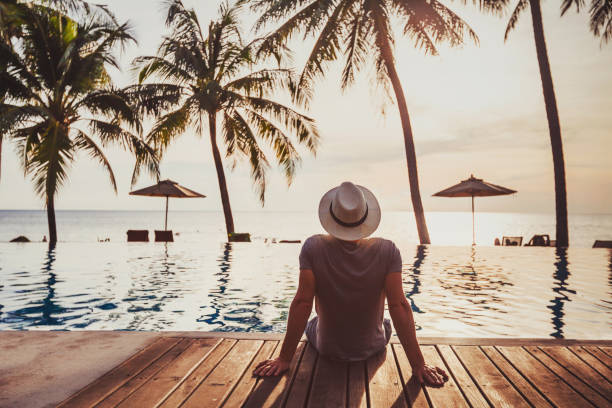Indian ethnic wear – unity in diversity
It was 26th January – the Republic day of India and we were all glued to the Idiot box (not so idiot always I would say 🙂 ) watching the republic day parade and the procession from the various states showcasing their culture and tradition. “Why are the Punjabis wearing a turban?”, asked my Li’l princess. “Well India is a country of diverse culture and every state has its own traditional dress”, I replied.
“Oh! how interesting. What is the dress for us (Bengalis) papa? and What is it for Kerala and Rajasthan?”, Tweety started shooting.

“Hold on! Hold on your fire! Watch the republic day state wise procession and you would get a glimpse of the diverse ethnic wear for each state”, I said. After watching the show, I along with Tweety realised how India is truly a country of diverse culture and yet are united as a nation. Here’s a list of he ethnic wear and dress across the states and union territories of India
Indian States
- Andhra Pradesh [Pochampally Saree]: A saree made of silk and cotton, known for its unique patterns and designs.
- Arunachal Pradesh [Wrap-around Skirt] A traditional dress for women, made of woven fabrics like cotton and silk, usually worn with a matching blouse.
- Assam [Mekhela Chador] A two-piece garment worn by women, consisting of a skirt called mekhela and a wrap around the upper body called chador, made of silk and adorned with intricate embroidery.
- Bihar [Dhoti Kurta] A traditional dress for men consisting of a long tunic called kurta and a piece of cloth wrapped around the waist called dhoti.
- Chhattisgarh [Kosa Silk Saree] A saree made of silk, known for its unique texture and natural shine.
- Goa [Kunbi Saree] A traditional saree worn by the Kunbi tribe in Goa, made of cotton with geometric designs.
- Gujarat [Ghagra Choli] A three-piece outfit for women consisting of a long skirt called ghagra, a short blouse called choli, and a dupatta (scarf), often adorned with mirror work and embroidery.
- Haryana [Phulkari Suit] A traditional dress for women, made of cotton or silk with intricate embroidery and mirror work.
- Himachal Pradesh [Chola] A long coat-like garment worn by men, made of wool and embellished with intricate designs.
- Jammu and Kashmir [Pheran] A long, loose gown made of wool or silk, worn by both men and women in Kashmir.
- Jharkhand [Tussar Silk Saree] A saree made of tussar silk, known for its natural texture and golden color.
- Karnataka [Mysore Silk Saree] A saree made of silk, known for its intricate designs and vibrant colors.
- Kerala [Mundu and Neriyathu] A two-piece garment for men consisting of a mundu (a piece of cloth wrapped around the waist) and a neriyathu (a piece of cloth draped over the shoulder).
- Madhya Pradesh [Chanderi Saree] A saree made of cotton or silk, known for its light texture and intricate designs.
- Maharashtra [Paithani Saree] A saree made of silk and cotton, known for its intricate designs and patterns.
- Manipur [Phanek and Innaphi] A two-piece garment for women consisting of a phanek (a wrap-around skirt) and an innaphi (a shawl-like garment).
- Meghalaya [Jainsem] A dress for women, made of cotton or silk, with a woven pattern and adorned with intricate embroidery.
- Mizoram [Puan] A traditional dress for women, made of cotton or silk, with intricate designs and patterns.
- Nagaland [Rongsu] A two-piece garment for women consisting of a skirt and a blouse, often adorned with colorful embroidery.
- Odisha [Sambalpuri Saree] The land of temples wear a saree made of silk or cotton, known for its unique designs and patterns.
- Punjab [Salwar Kameez] A traditional dress for women consisting of a long tunic called kameez, loose pants called salwar, and a dupatta (scarf).
- Rajasthan [Lehenga Choli] A traditional dress for women consisting of a long skirt called lehenga, a short blouse called choli, and a dupatta (scar
- Sikkim [Kho] A traditional dress for women, made of silk or cotton, consisting of a wrap-around skirt and a blouse.
- Tamil Nadu [Kanjeevaram Saree] A saree made of silk, known for its vibrant colors and intricate designs.
- Telangana [Gadwal Saree] A saree made of cotton or silk, known for its unique design and intricate borders.
- Tripura [Rignai and Risa] A two-piece garment for women, consisting of a wrap-around skirt called rignai and a blouse called risa, often adorned with embroidery and mirror work.
- Uttar Pradesh [Lucknowi Kurta] A long tunic with intricate embroidery and embellishments, often worn with churidar pants.
- Uttarakhand [Garhwali Saree] A saree made of cotton or silk, known for its simple yet elegant designs and patterns.
- West Bengal [Bengali Saree] A saree made of cotton or silk, known for its intricate designs and patterns, and often adorned with a red border.
Union Territories:
- Andaman and Nicobar Islands [Nicobari Hula] A skirt made of fiber and adorned with shells, worn by women of the Nicobari tribe.
- Dadra and Nagar Haveli and Daman and Diu [Dhodia] A traditional dress for men, consisting of a long shirt and a dhoti.
- Lakshadweep [Lava Drape] A wrap-around garment worn by women, made of cotton or silk, and often adorned with embroidery and mirror work.
- Puducherry [Mundum Neriyathum] A two-piece garment for women consisting of a mundu (a piece of cloth wrapped around the waist) and a neriyathu (a piece of cloth draped over the shoulder), often made of silk or cotton.
- Ladakh [Goncha] A long, loose gown made of wool, worn by both men and women in Ladakh, often adorned with intricate designs and patterns.
- Chandigarh [Salwar Kameez] A popular attire worn by women in Chandigarh, consisting of a long tunic (kameez) and loose-fitting pants (salwar).













